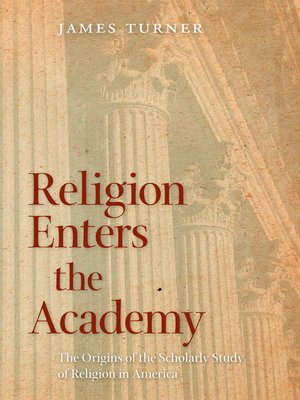Religion Enters the Academy
ebook ∣ The Origins of the Scholarly Study of Religion in America · George H. Shriver Lecture Series in Religion in American History
By James Turner

Sign up to save your library
With an OverDrive account, you can save your favorite libraries for at-a-glance information about availability. Find out more about OverDrive accounts.
Find this title in Libby, the library reading app by OverDrive.



Search for a digital library with this title
Title found at these libraries:
| Loading... |
Religious studies—also known as comparative religion or history of religions—emerged as a field of study in colleges and universities on both sides of the Atlantic during the late nineteenth century. In Europe, as previous historians have demonstrated, the discipline grew from long-established traditions of university-based philological scholarship. But in the United States, James Turner argues, religious studies developed outside the academy.
Until about 1820, Turner contends, even learned Americans showed little interest in non-European religions—a subject that had fascinated their counterparts in Europe since the end of the seventeenth century. Growing concerns about the status of Christianity generated American interest in comparing it to other great religions, and the resulting writings eventually produced the academic discipline of religious studies in U.S. universities. Fostered especially by learned Protestant ministers, this new discipline focused on canonical texts—the "bibles"—of other great world religions. This rather narrow approach provoked the philosopher and psychologist William James to challenge academic religious studies in 1902 with his celebrated and groundbreaking Varieties of Religious Experience.






